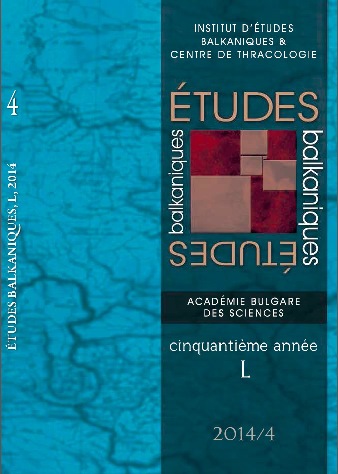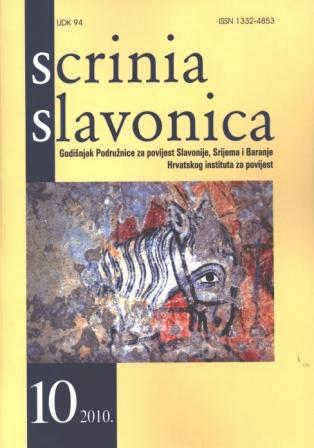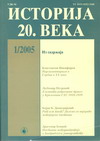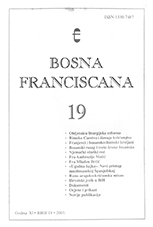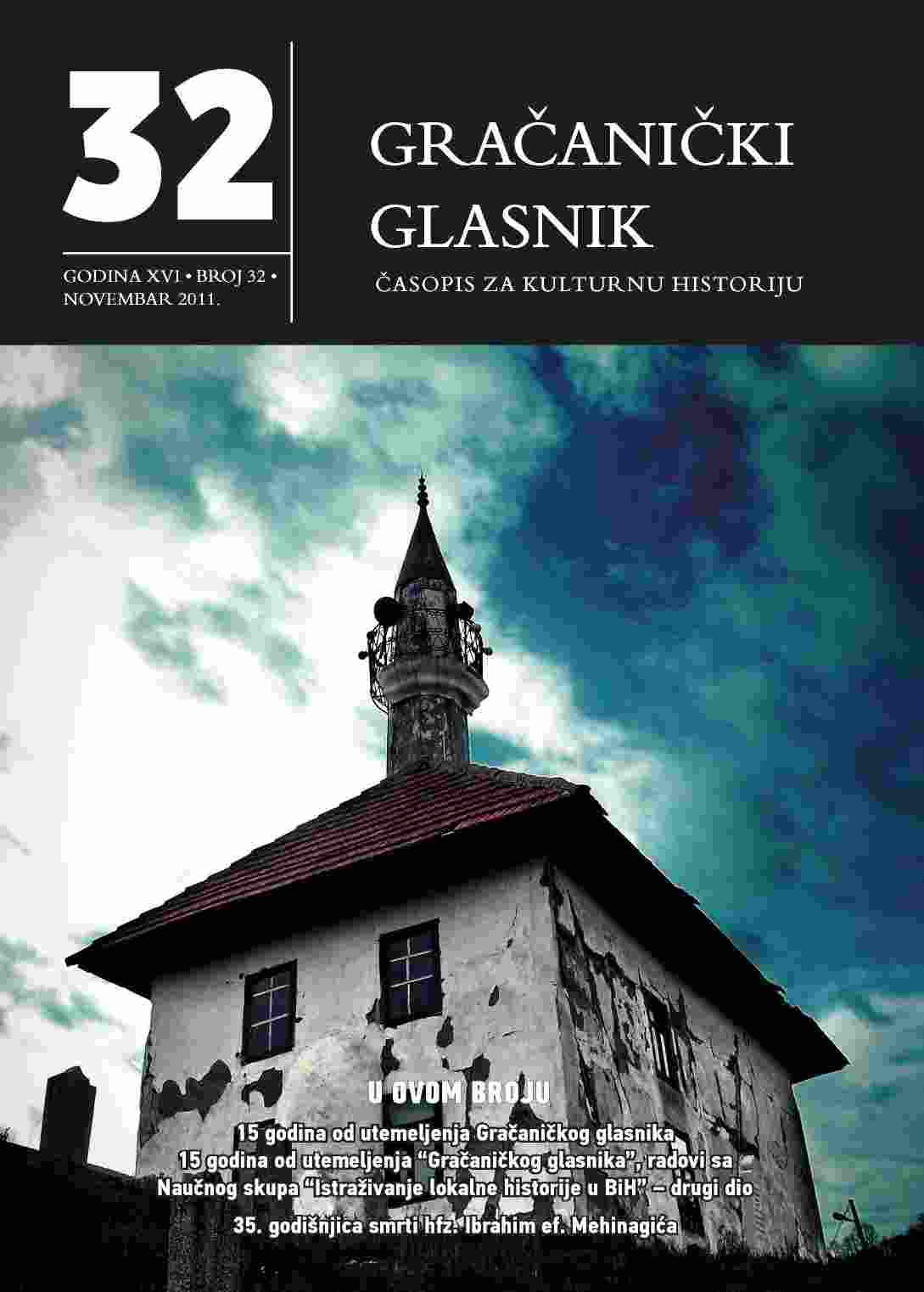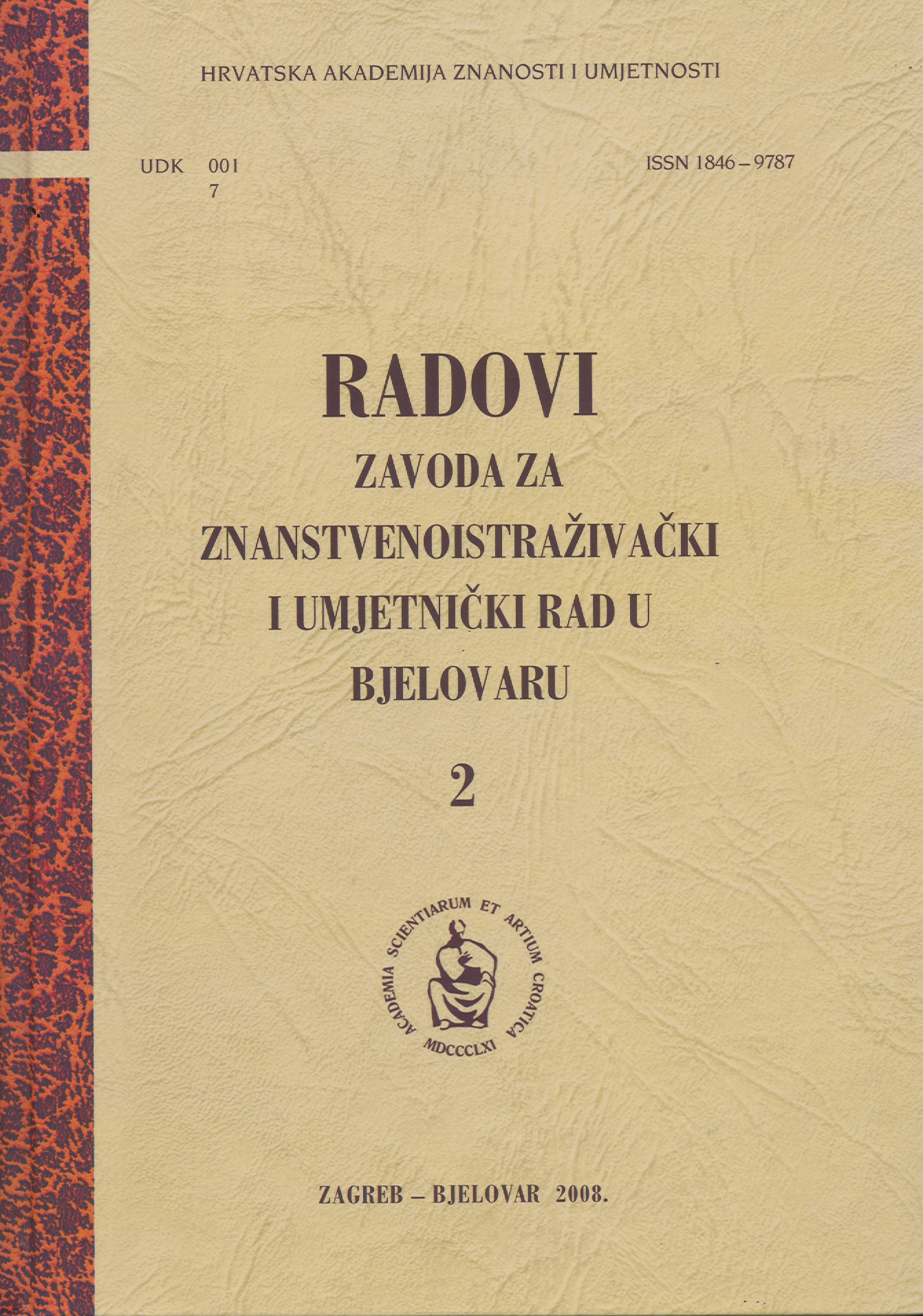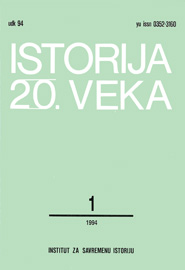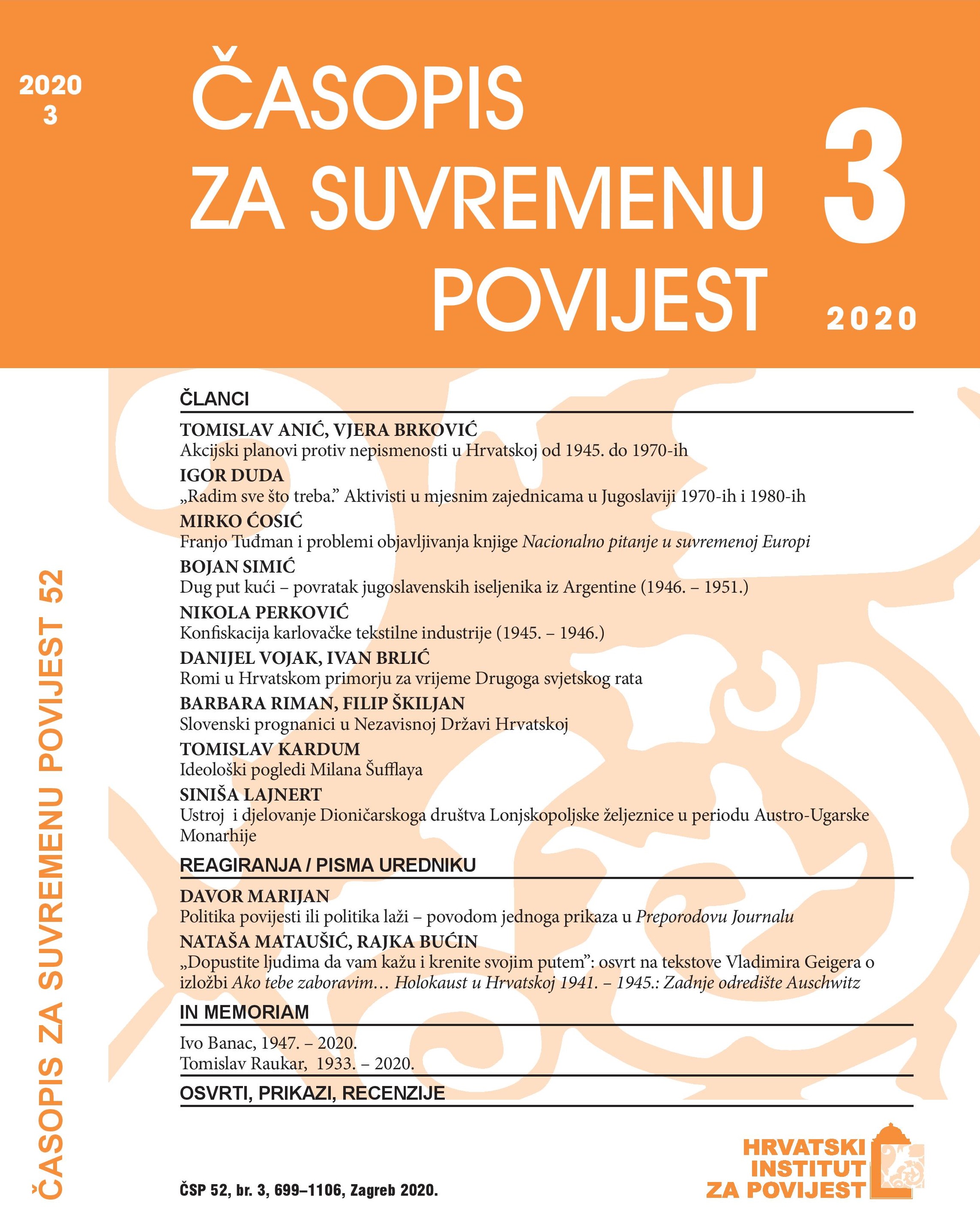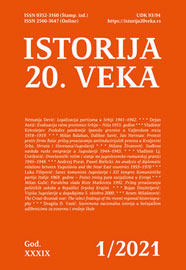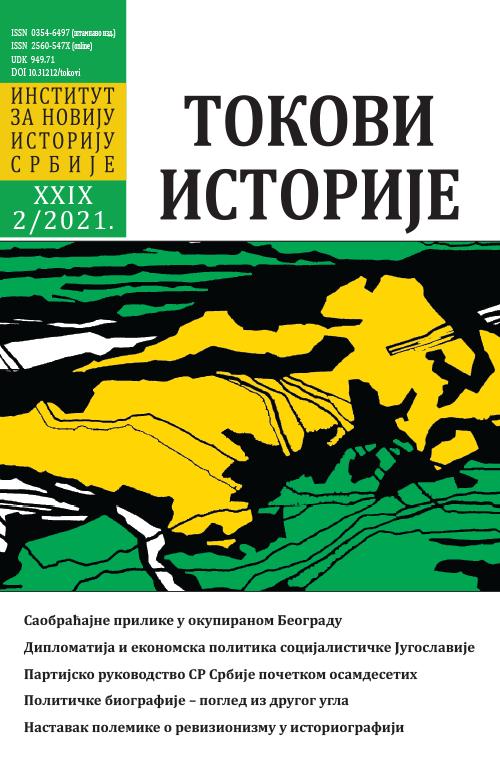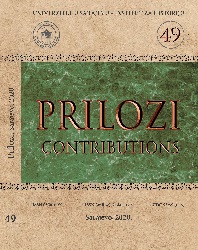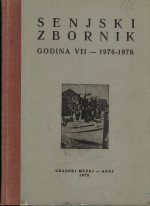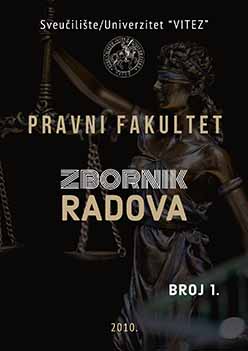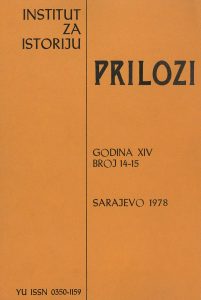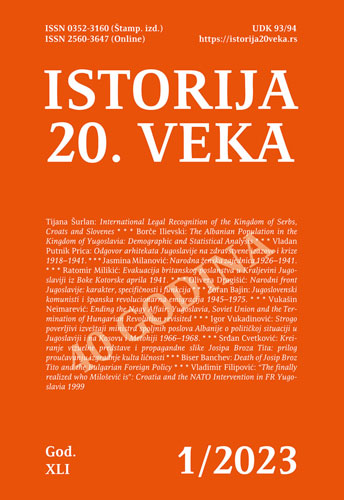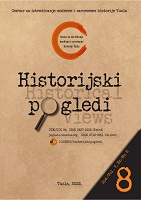BORAVAK 18. HRVATSKE NOU BRIGADE U POSAVINI U VELJAČI I OŽUJKU 1944. GODINE S POSEBNIM OSVRTOM NA NJEZINO DJELOVANJE NA PODRUČJU DANAŠNJIH OPĆINA ORAŠJE I DOMALJEVAC-ŠAMAC
Author(s): Marko Matolić / Language(s): Croatian
/ Issue: 8/2022
Keywords: 18th Croatian East Bosnian NOU Brigade; Bosnian Posavina; Orašje; Domaljevac; 1944;
Significantly decimated in the battles that befell it at the end of 1943 and the beginning of 1944, the 18th Croatian NOU Brigade, after a short consolidation in Semberija, went to Posavina, in order to promote the communist, anti-fascist struggle among the predominantly Croatian population there, and tried to win him over to join her ranks. At the same time, on the military front, the Brigade was supposed to assist the already existing partisan units of the 16th Muslim Brigade and the Posavina-Trebavian partisan detachment in eliminating enemy groups. At that time, there were already wellorganized village guards made up of local Ustasha and former home guards in the Croatian villages of Bosnian Posavina, while in the Serbian villages local Chetniks had already been in command for three years, and these two armed groups had a generally correct relationship with each other. The short-term stay of the 18th Croatian NOU Brigade was therefore not overly successful in either of the two mentioned plans, which is why its stay in Bosnian Posavina is reduced to just a few sentences in socialist historiography. Nevertheless, the short stay of the 18th Croatian Brigade in Posavina was not without events. First, on March 4, 1944, the brigade entered the village of Domaljevac, where its members ravaged the parish office of the local pastor, otherwise an ardent supporter of the Ustasha movement, Ante Tepeluk. Bogomir Brajković gave a speech in front of the gathered peasants, which did not bear much fruit. Brajković gave the same speech in the village of Matići a few days later, on March 13 of the same year, but he did not succeed in arousing the interest of the local population there either. The communists within the brigade tried to present themselves to the local Croatian population as a kind of continuation of the pre-war politics of the Croatian Peasant Party, of which individuals, such as the aforementioned Brajković, were indeed members. The Croatian population in Posavina, due to previous experiences fighting against the partisans, had already organized their village guards quite well, so the fighting that took place in mid-March was fierce and disastrous for the partisan brigade. At least nine partisans were killed in the military actions, while around 14 were wounded. The partisans briefly managed to occupy some villages, hold some propaganda speech, but due to the great insecurity, they retreated to the south after that. During the brigade's attack on Orašje, the partisans were joined by some local inhabitants, Bosniaks, which will be the beginning of animosity between Bosniaks and Croats in this area that will culminate in March 1945, but also the creation of connections that will be used in the coming times when a large number of members of the green cadre and members of the SS transferred to the national liberation units. In one military operation, the brigade captured five local legionnaires and sentenced them to death. The sentence was carried out on three, while two managed to escape. The brigade also had several firefights with Chetnik units in Posavina, which were of varying fortunes for them. In one attack, they managed to destroy a small Chetnik headquarters in the village of Batkuši and liquidate the local leader Ignjat Bijelić. In the second skirmish, which took place in the village of Blaževac, Pavle Gajić's Chetniks inflicted a heavy defeat on the brigade. The 18th Croatian Brigade withdrew from Posavina when the German 13th SS Division appeared in these areas. The aim of this work is, on the basis of available historical sources and historiographical and memoir literature, to show in detail the stay of this Brigade in Posavina, with special reference to its activities in the area of today's municipalities of Orašje and Domaljevac-Šamac, that is, the eastern part of Posavina County.
More...
